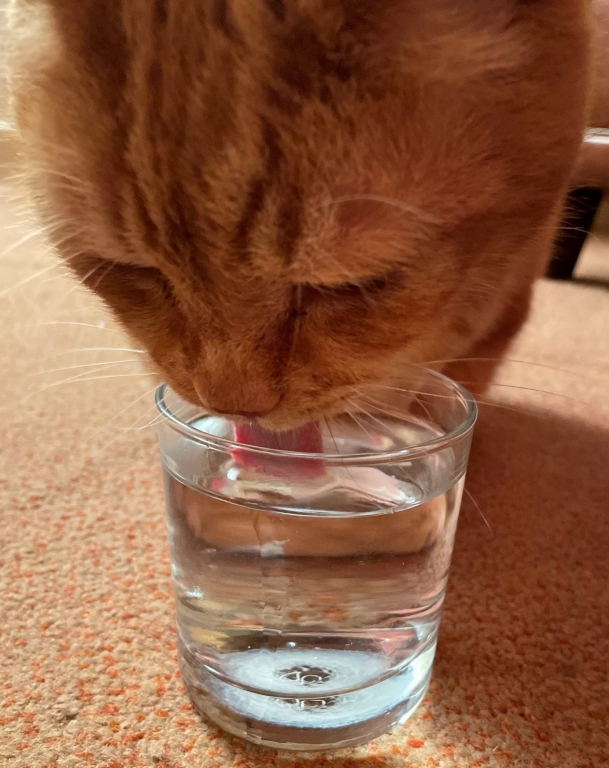
‘No Time To Wait’ On Feline Hypertension, Post-pandemic
During the COVID pandemic, veterinary professionals have faced many challenges in providing veterinary care. In some cases, those challenges have resulted in wellness checks being compromised. Now veterinary surgeons at CEVA Animal Health are warning that time may be running out for senior cats with undiagnosed hypertension, after potentially two years without a life-saving blood pressure check. CEVA is now asking veterinary professionals to review their case load of senior cats to assess whether any may be at risk of retinal haemorrhage or strokes with hypertension.
Hypertension is a potentially life-threatening condition that occurs in around 1 in 5 cats over 9 years of age1. As clinical signs may be minimal or absent until the consequences of disease are severe, the detection of hypertension relies on veterinary recommendation for blood pressure measurement.
After two years when cats may not have been presented at all, or only presented for emergency care; there is the potential for many of those cats to now start experiencing adverse consequences as a result of their undiagnosed hypertension. Those especially at risk are individuals with concurrent diseases such as hyperthyroidism and renal disease.
Hypertension in cats often occurs secondary to hyperthyroidism and kidney disease2 and also accelerates protein loss through the kidneys which is associated with shorter survival times in cats with chronic kidney disease (CKD).
Suzanne Page, vet and Amodip® Product Manager at CEVA, explains why hypertension monitoring and diagnosis is so essential in older felines: “If left untreated, hypertension can result in target organ damage (TOD), with ocular problems developing in at least 80% of hypertensive cases2. Other major body systems that are commonly affected include the brain, heart and kidneys. Despite the potential for catastrophic sequelae such as retinopathy and blindness, owners may see very little in the way of warning signs. That means these patients are completely reliant on a veterinary recommendation for blood pressure monitoring.”
There is widespread recognition of how much pressure the profession is currently experiencing. Whilst the ideal situation is to screen all cats over the age of nine on a regular basis, the priority right now is to address the needs of the most at risk cats, that is, those with predisposing conditions such as kidney disease and hyperthyroidism. Su Page says: “There is a real danger that many of those cats will be close to crisis point right now and the sooner we can identify those that need help, the better a chance we have of extending their quality and quantity of life.”
Vets looking to improve and update their knowledge on feline hypertension, including the importance of regular screening, blood pressure monitoring techniques, and appropriate treatment options, can complete CEVA’s free Feline Hypertension Ambassador CPD course at Ceva Home – Veterinary Webinars Community https://veterinarywebinars.com/community/ceva/.
More from Ceva
- Ease Pet Anxiety This Fireworks Season with Ceva's Vet-Approved Solutions
- Ceva and International Cat Care launch season 2 of cat handling training videos
- Ceva launches service to highlight the cost of infertility linked to Q fever
- Are vets and farmers under-using pain relief in dairy cows?
- Ceva hosts ‘Break the Pain’ dairy cow conference

 4 years ago
4 years ago  806 views
806 views
 9 hours ago
9 hours ago